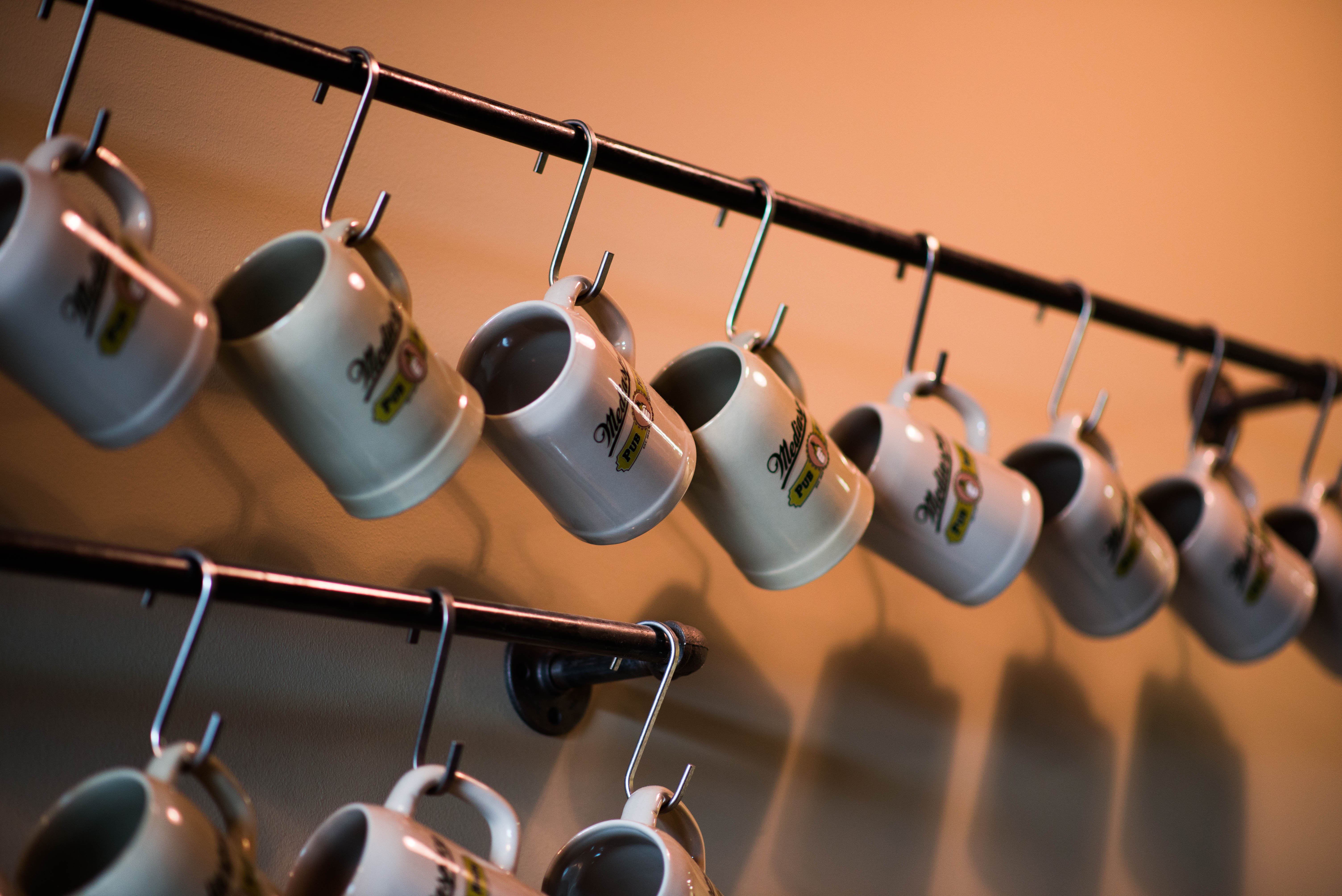When it comes to magazine advertising, there are a wide range of pricing options. Much of that is dependent on whether it’s a local magazine, which costs less, as opposed to a national magazine that has millions of subscribers and will charge far more.
 Let’s take a look at some of the things that factor into magazine advertising rates.
Let’s take a look at some of the things that factor into magazine advertising rates.
Size
One of the biggest and most obvious factors in cost will be the size of your ad. Unless you’re dealing with a magazine that has no interest in making money, larger ads are going to cost more than smaller ads. Ads are typically sold as fractions of a page. Full-page and half-page ads are exactly how they sound. Quarter-page ads may be horizontal or vertical.
When looking at the rate card you will see production values that identify the size in inches as well as by fraction of a page, and you will notice an obvious pricing difference between local and national publishers. A national sporting magazine may charge $250,000 for a full-page ad while a local niche magazine may only charge $10,000 for a full-page ad.
Frequency
Here’s something we make sure all our clients understand: magazines will charge less per ad if you commit to running ads in more than one issue. So a one-time ad may cost you $3,000 while that same ad, if run in five issues, might only cost you $1,800. Understand that you will have to sign a contract and be obligated to pay for all five issues, or a total of $9,000.
You should also be aware that some magazines charge a set-up fee so, if on the fourth running of that ad you decide you want to change your header, you might be charged for it.
Regional Rates
You may sometimes be able to run your ad in the regional edition of a national publication and pay less because the regional edition has less subscribers than the national edition. But if you’re a small local business you have no need for national exposure anyway. The cost will be a flat rate for your region and will be adjusted accordingly based on size of your ad, color, and the number of subscribers in that region.
Color
It goes without saying that color ads cost more than standard black and white ads, but then again, color has a way of popping and drawing the reader’s eye to the ad, so you usually get what you pay for.
Positioning
Another big factor of magazine rates is where your ad is placed. Do you want it to go inside the front cover, inside the back cover or on the back cover itself? Keep in mind these are prime advertising spaces. Also know that advertising toward the front of the magazine will typically cost more than advertising toward the back, for obvious reasons (with the exception of the back cover which, as we mentioned, is a prime location that will cost you a pretty penny.)
Negotiate
The most important thing to understand about rate cards is that what you see is similar to rates that are posted for hotel and motel rooms. In other words, prices are always negotiable. Typically speaking, smaller magazines will be the ones who give you bigger discounts. For instance, a small regional magazine may be willing to give you extra issues at no charge if you commit to a run of half-page ads for six issues. To view a magazine’s rate card, simply look for it on their website and speak to a sales representative about pricing options and discounts.
Magazine advertising can greatly benefit your business because it allows you to display higher quality images than newspaper or direct mail. These images make it easy for you to give readers a clear view of your product. Besides this benefit, magazines also make it incredibly easy to target specific niche demographics so you’re much more likely to reach your intended audience.
If at any point you feel overwhelmed by magazine advertising rates, turn to a trusted media buyer who can handle and negotiate your deals for you and generally get you better pricing and a better return on your investment.
RELATED POSTS:





